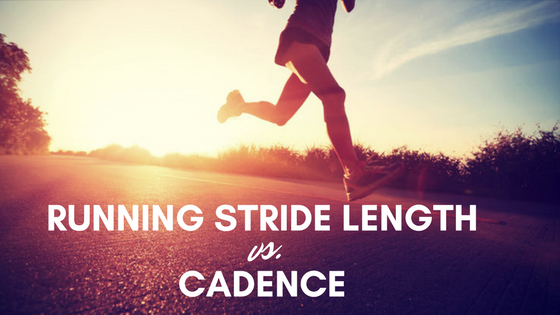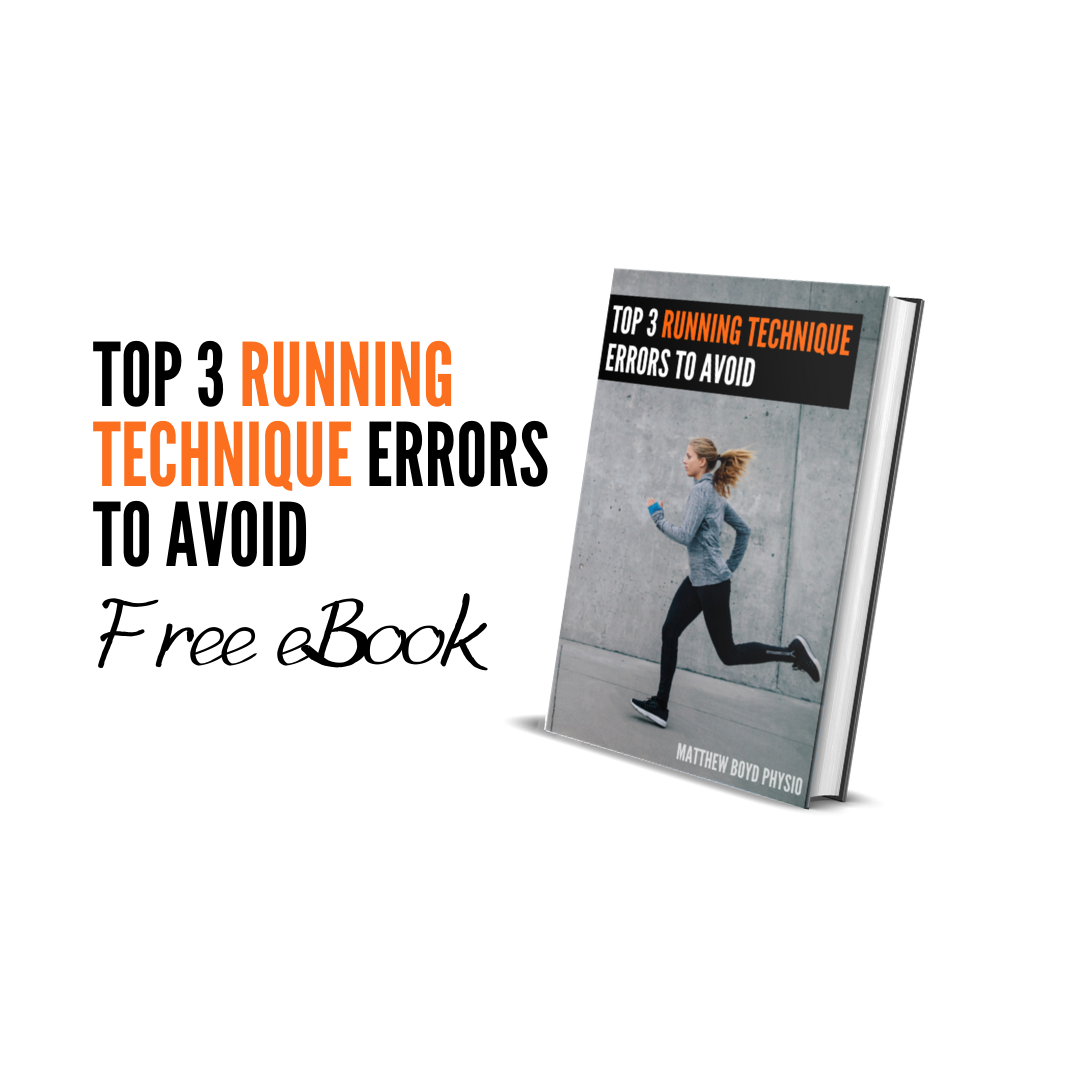
Your running cadence is the number of steps you take each minute as you run (spm). Running with a higher cadence is an excellent way to improve your performance and avoid running injuries. When I’m working with runners on trying to increase their cadence they will often ask me:
“If I take more steps, won’t my steps be shorter?”
That’s exactly true. When you increase your running cadence, your steps will be shorter. Another way of saying this is that your running stride length will be shorter.
Another question that pops up often is:
“If I run slower, won’t I have a lower cadence?”
This is a more difficult question to answer. The correct answer is “yes, but only a little bit”. So today, we’re going to look at the relationship between your running stride length, pace and cadence.
Stride Length vs. Cadence
The relationship between your stride length and your cadence is inverse. This means that, the more steps you take each minute, the shorter those steps will need to be if you intend to maintain the same pace.
Pace vs. Stride Length
The relationship between your pace and stride length is quite linear. That is to say, as your pace increases, the length of the strides you take will increase by a similar amount.
Pace vs. Cadence
This is where it gets interesting. There is not a very strong relationship between your pace and your cadence. When you increase your pace, your cadence will increase, but only a little bit. Similarly, when you reduce your pace, your cadence will decrease, but only a little bit.
This bit is important for runners looking to improve their technique. As you increase your pace your stride length will increase quite a lot, however, your cadence will only increase a little bit. In fact, at different running speeds, your cadence will remain fairly constant.
Related eBook

Research on Running Stride Length
The most interesting study I have read on this subject was conducted way back in 1989 by Cavanagh and colleagues. They had a group of recreational runners who were pretty fast (10k times 31-39 minutes) run on a treadmill at different speeds and analysed their changes in stride length and cadence at different speeds.
The slowest pace was about 5:29 min/km and the fastest was 4:05 min/km. This was an increase in pace of about 33%. When a runner increased their pace by 33% they increased their stride length by about 28%. A very similar increase. However, the same runner only increased their cadence by 4% from the slowest to the fastest pace (Cavanagh 1989).

““As speed increased through the experimental range, SF [Cadence] remained nearly constant (only a 4% increase) while SL [Stride Length] increased by 28%.” (Cavanagh 1989)
From this we can deduce that our cadence doesn’t need to change much as we increase or decrease our pace. In this study, the runners had an average cadence of 166 spm at a pace of 5:29 min/km. At the fastest pace of 4:05 min/km their cadence had increased to an average of 173 spm. That’s only a 7 spm increase in cadence.
So, at the minute my long run pace is usually about 6:00 min/km. My tempo pace is about 4:20 min/km. These are fairly similar to the values above. So if I were to measure my cadence at my long run pace and compare it with my tempo pace, I should only see a difference of about 7 spm. If you have a GPS watch that tracks cadence, you can check to see the difference in your cadence at different paces.
What does this mean in terms of Running Technique?
As I mentioned above, a higher running cadence has been related to improved performance and reduced injury risk. So, if you are trying to increase your running cadence, don’t worry too much about your pace. Your cadence will only change a little bit at different running paces. Work on getting your running cadence in the happy zone of 170-190 at all speeds.